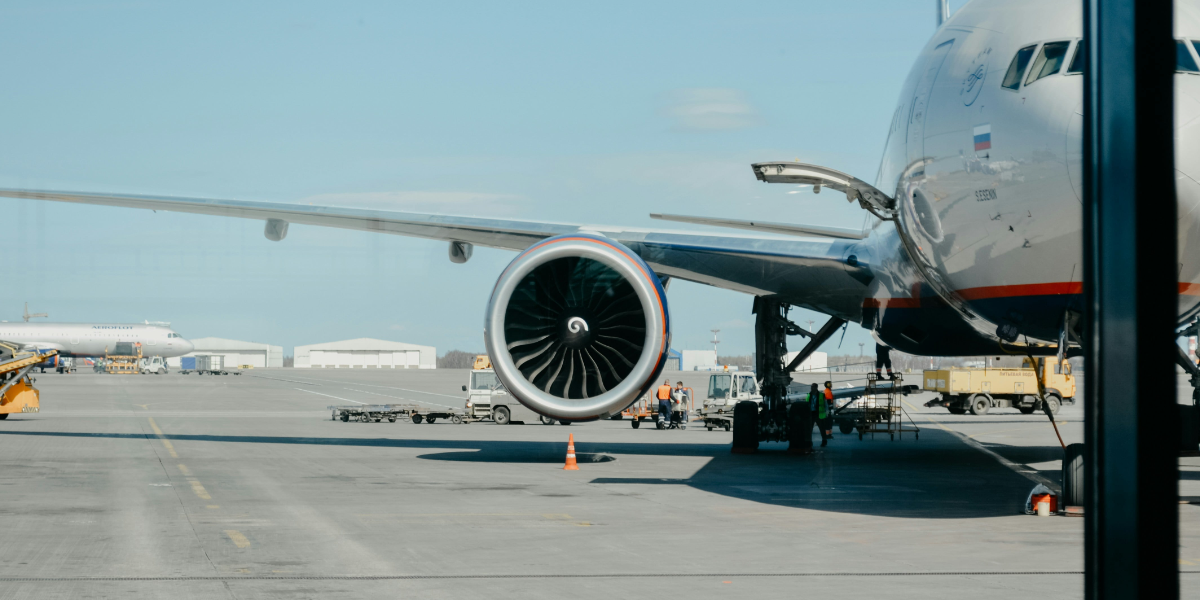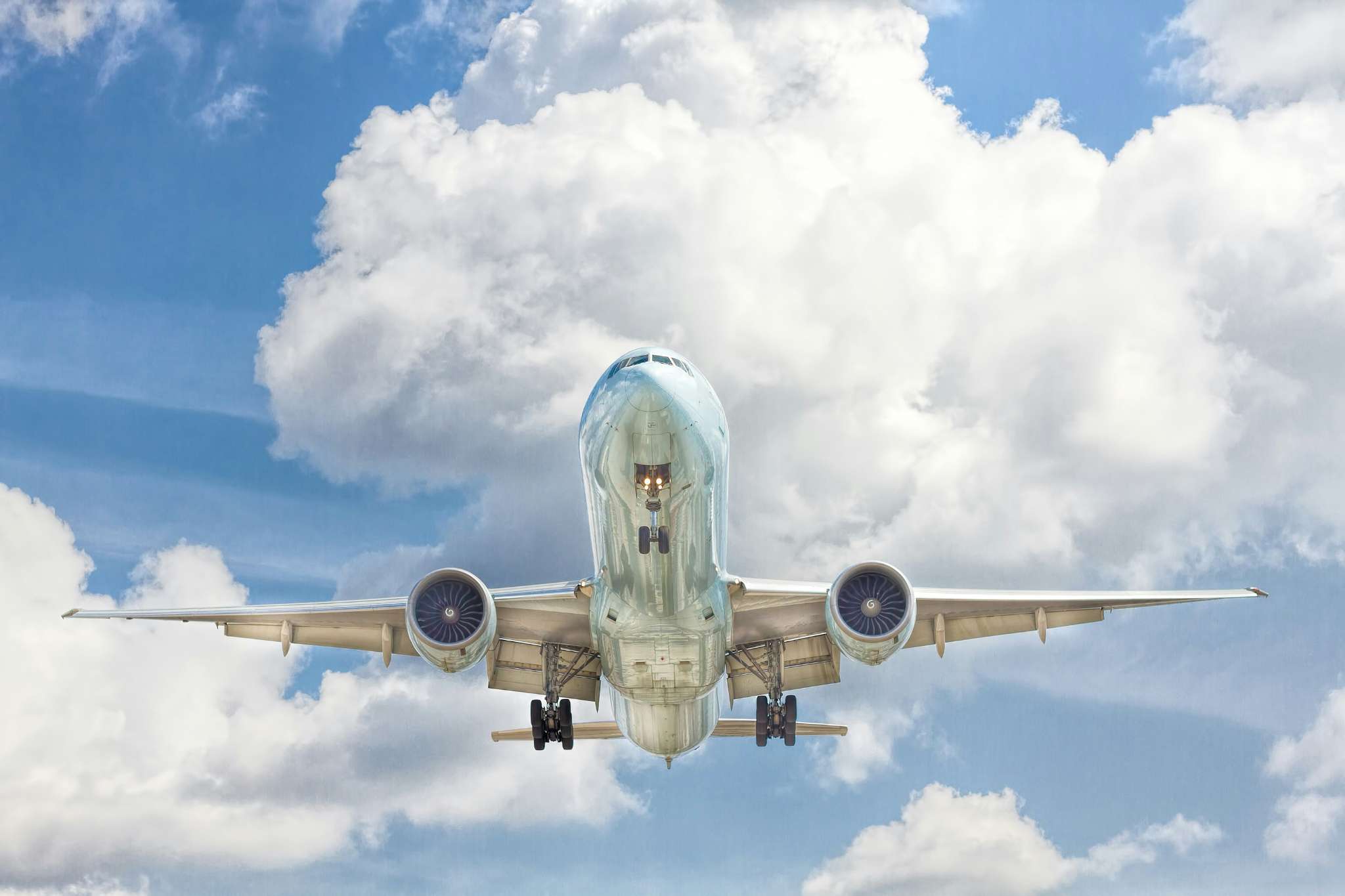
ETS2 Explained - Who's Impacted and How?
The European Union's Emissions Trading System 2 (ETS2) is set to become a landmark shift in climate regula…
Decarbonise your operations, create a roadmap to net zero, and reduce your costs with the help of energy transition and aviation industry specialists. CFP Energy works throughout Europe, helping aviation operators towards a sustainable future.
As the aviation industry grapples with the urgent need to reduce carbon emissions, European legislators continue to press the charge as intensified regulations and ambitious decarbonisation targets are fast approaching for the industry.
0%
of aviation operators are failing to hit decarbonisation & energy transition targets
0%
of aviation operators identify funding limitations as a barrier to decarbonising operations
0
will see the removal of free allowance allocation for carbon, meaning airlines have a significant carbon cost on the horizon
From sustainable aviation fuel and SAF credits, to CORSIA support and ETS compliance, we’re ready to provide instant support and decarbonisation opportunities.
Airports and logistics facilities can use PPAs to procure renewable electricity for terminals, radar systems, and electrified ground fleets, reducing indirect emissions and enhancing infrastructure decarbonisation, especially in regulated airspace and carbon-conscious markets.
Jaclyn Foss,
CFP Energy

There are currently no events in this sector.
This report draws on data from a comprehensive survey conducted by CFP Energy across large-scale organisations in the UK, Germany, and France.
With insights from industries including aviation, data centres, shipping, construction, and manufacturing, the report highlights emerging strategies, investments, and the regulatory pressures driving the need for carbon reduction.

The European Union's Emissions Trading System 2 (ETS2) is set to become a landmark shift in climate regula…

Phase 1, which began in January 2024, aims to stabilise aviation emissions at 85% of 2019 levels, requirin…

95% of UK and European aviation operators expect increased demand for carbon allowances due to regulatory…
Sustainability in aviation refers to reducing aviation emissions through cleaner technology, sustainable aviation fuel, and efficient operations. By adopting renewable jet fuel and improving aircraft performance, the industry supports sustainable aviation. These efforts aim to meet environmental goals while allowing responsible air travel growth and reduced climate impact.
Sustainable aviation fuel (SAF) is not widely used due to limited supply, high production costs, and distribution challenges. Although SAF aviation fuel significantly reduces aviation emissions, greater adoption requires government support, SAF credits, and investment in renewable jet fuel infrastructure to make sustainable aviation more commercially viable.
SAF aviation fuel is produced from renewable sources like used cooking oil, plant waste, and non-food crops. This renewable jet fuel provides a cleaner alternative to fossil fuels. Sustainable aviation fuel plays a key role in reducing aviation emissions and helping airlines meet EU ETS aviation obligations.
EU ETS aviation is the European Union Emissions Trading System for airlines. It monitors and limits aviation emissions by requiring carriers to purchase allowances or use SAF credits. The scheme supports sustainable aviation by encouraging the use of renewable jet fuel and other carbon reduction strategies.
CORSIA (Carbon Offsetting and Reduction Scheme for International Aviation) aims to stabilise international aviation emissions. It complements EU ETS aviation by requiring offsets for growth-related emissions. CORSIA supports sustainable aviation through SAF credits and promotes renewable jet fuel adoption to help reduce aviation’s global environmental impact.